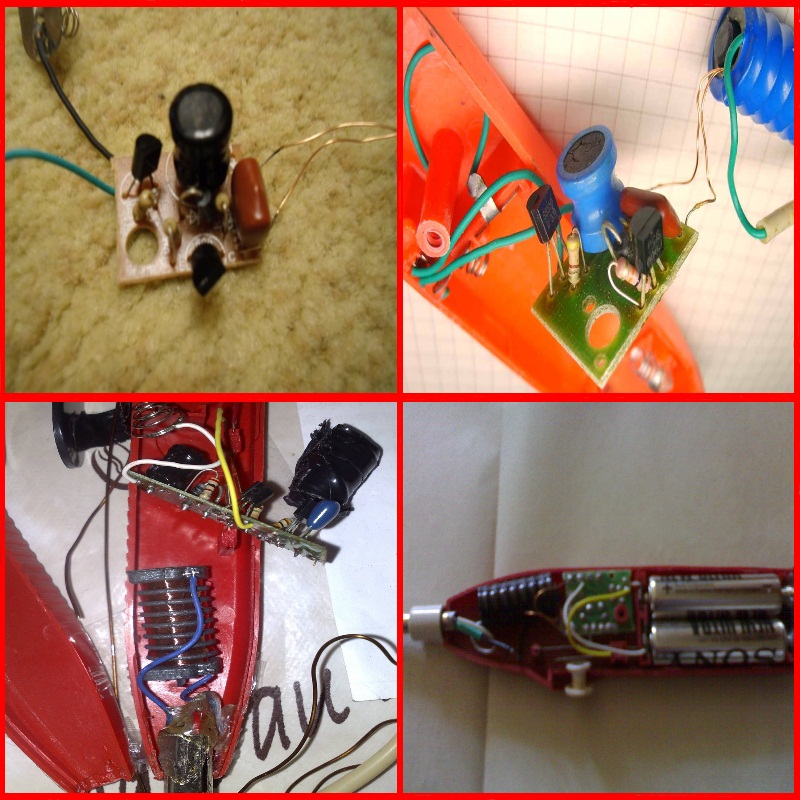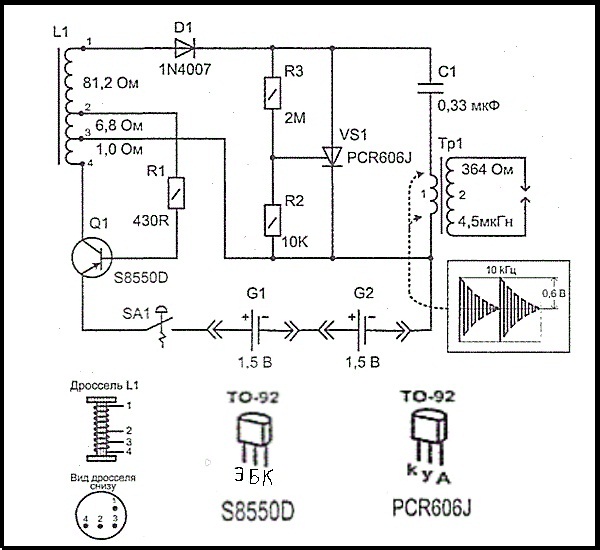Chinese lighters are quite easy to use, but this does not guarantee that they are durable. The circuit of Chinese lighter becomes a stumbling block for many radio amateurs trying to fix it. We don’t recommend you to bother much about it, it’s not worth it. Although, the Chinese lighter circuit itself is very interesting and can be taken as a basis for many amateur radio designs.
Chinese electric lighter, its advantages and disadvantages:
Many housewives are happy to buy electric lighters without thinking, and without realizing the dangers.

First of all, you should pay attention to the insulation, despite the fact that the external body of the lighter looks reliable. There is a great possibility of getting an electric shock, not fatal, but unpleasant.
Secondly, Chinese lighters do not ignite gas well, when using them you need to be extremely careful and follow all safety rules when using gas equipment.
Thirdly, not one radio amateur has not resisted the temptation to just take and disassemble an electric lighter and see what’s inside it:)

Such lighters usually run on two finger batteries, that is, 3 volts, and for quite a long time, which is its big plus.

By closing the contact (button) on the output of the lighter the voltage is about 6-7kV, and this energy is enough to breakdown the air about 5 mm.
As a rule, most lighter circuits use a S8550D series bipolar transistor (p-n-p, 25 V, 1.5 A), it is included in the boost converter circuit .
An elevated voltage of about 50 volts is produced on the secondary of the step-up transformer.
After that the voltage is rectified and the thyristor PCR606J (600 V, 0.6 A) operating in the key mode transmits short-term pulses to the primary winding of the high-voltage coil.
The coil is made sectional, the resistance of its secondary winding is approximately 355-365 ohms.
The primary winding of the coil is wound on 0.04 mm ferrite with copper wire and consists of 15 turns.
As a rule, in these lighters the thyristor flies, and in case of breakage you only need to replace it with a similar one. The same happens with the transistor.
But in my opinion, if you have a broken Chinese lighter, just throw it away and don’t bother with its repair, it’s not worth it.
But to take as a basis for many radio amateur developments and designs is very even reasonable, because the generator is made on cheap and available elements.
And so, there’s a lot more interesting and useful information waiting for you at bip-mip.com

